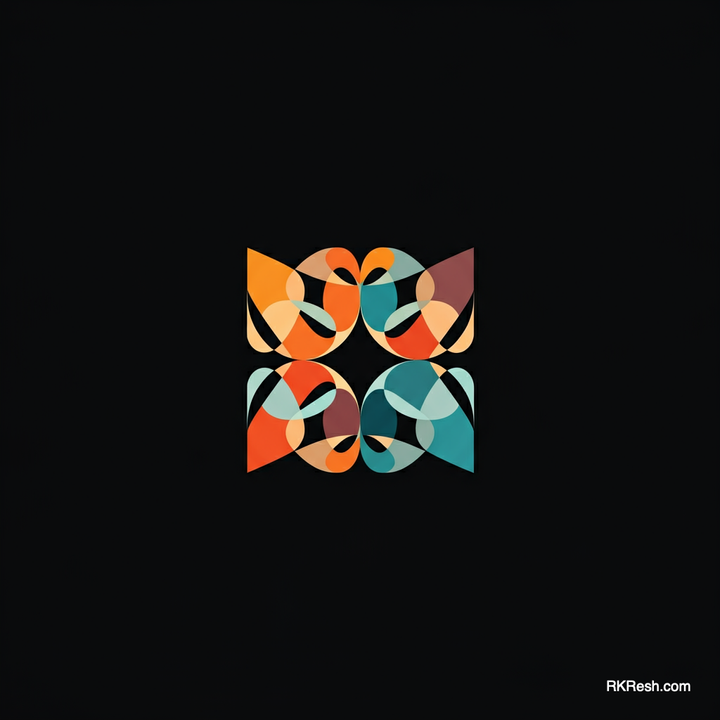The Framework: Classical vs. Quantum Thinking
Explore the dynamic interplay of classical vs. quantum thinking—certainty vs. possibility, structure vs. flow. Discover how harmonizing these opposites fosters trust, creativity, and a deeper connection in communication and collective growth.

Have you ever felt a conversation prematurely close, as though its ideas were hurriedly folded into tidy boxes, leaving you unsatisfied? Or witnessed an interaction where possibilities seemed to float endlessly, inviting curiosity to bloom? These moments reflect two distinct ways of thinking—what we call classical and quantum.
Classical thinking seeks safety in certainty. It’s a framework built on the foundation of fear, striving to simplify the complex by collapsing options into conclusions as quickly as possible. There’s comfort in this approach—a sense of control and predictability in a world that can sometimes feel chaotic. But in this rush for closure, we often sacrifice the magic of possibility.
Quantum thinking, by contrast, embraces the tension of the unknown. It trusts in the presence of multiple truths and invites exploration without demanding swift answers. It’s like standing at the edge of a shimmering forest, where paths are not predetermined but emerge as you walk. It requires patience, openness, and, most of all, trust—a quality that feels increasingly rare in our modern, outcome-driven societies.
Contrary to quick assumptions, this is not about placing one mode against the other. Both classical and quantum thinking have their rightful place in our shared experience. Our aim here is not to diminish the value of neurotypical, classical thought but to invite a richer conversation—a harmonization between these opposites.
While quantum thinking often comes more naturally to neurodivergent individuals—who tend to see connections that others might overlook—it can manifest across all layers of society. It’s a capacity hidden in plain sight, often buried beneath the noise of fear and hurried conclusions. By bringing these differences into dialogue, we hope to uncover a shared ground—a space where clarity and creativity flourish together.
This is just the beginning of a larger inquiry into the interplay between these frameworks. What might we learn from holding space for both? What new possibilities could emerge?
At the heart of human interaction lies the framework through which we perceive and engage with the world. This framework forms the foundation for how we communicate, make decisions, and adapt to change. Broadly speaking, these thought paradigms can be categorized as classical and quantum-like. Each framework resonates with distinct frequencies—classical thinking with fear and quantum thinking with trust—both are needed, and they influence the structure and flow of our interactions in profound ways.



